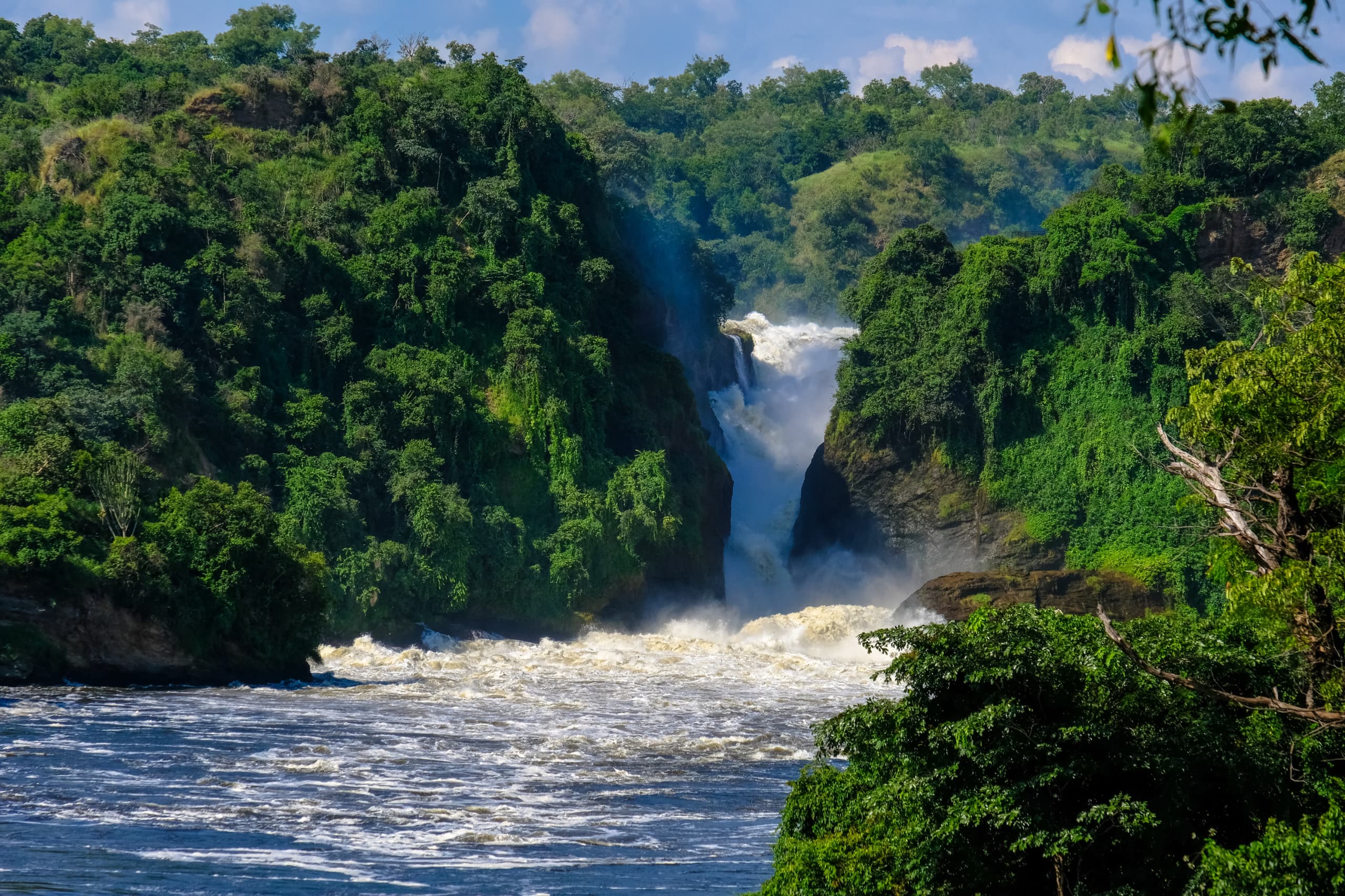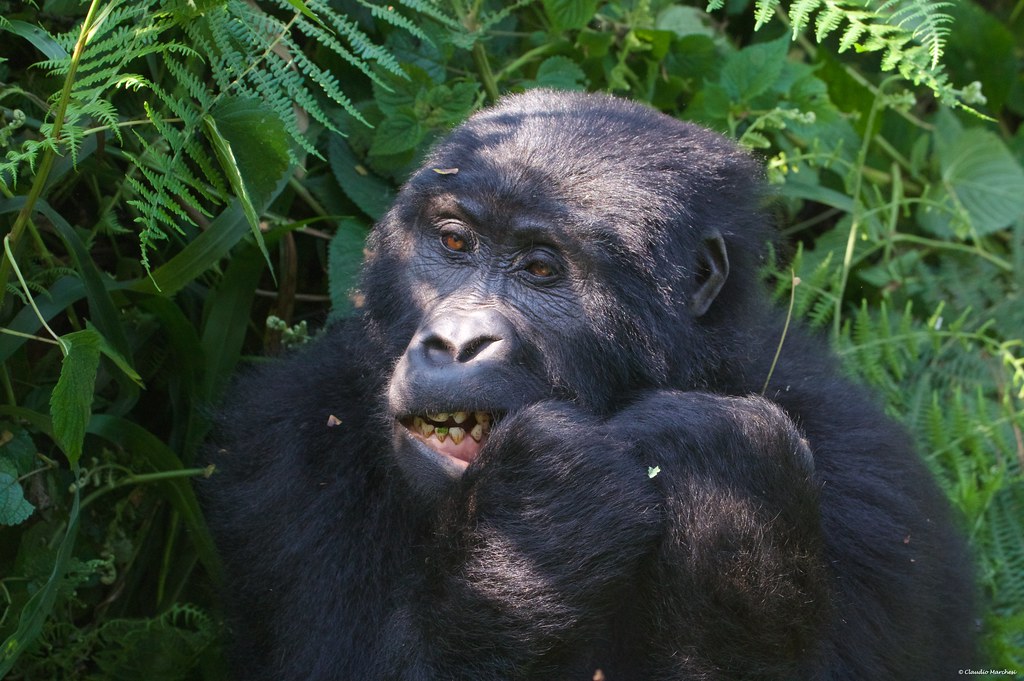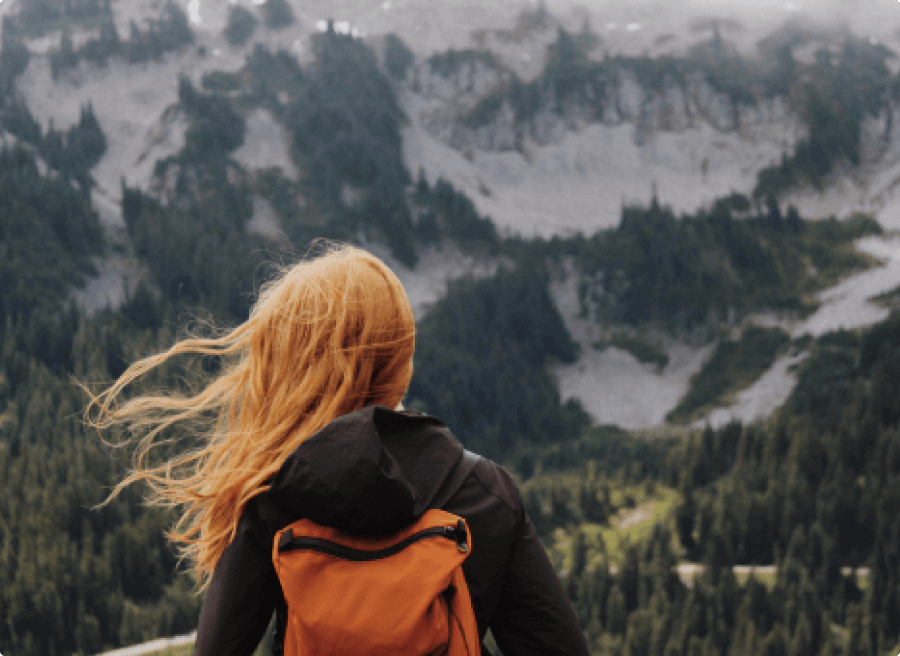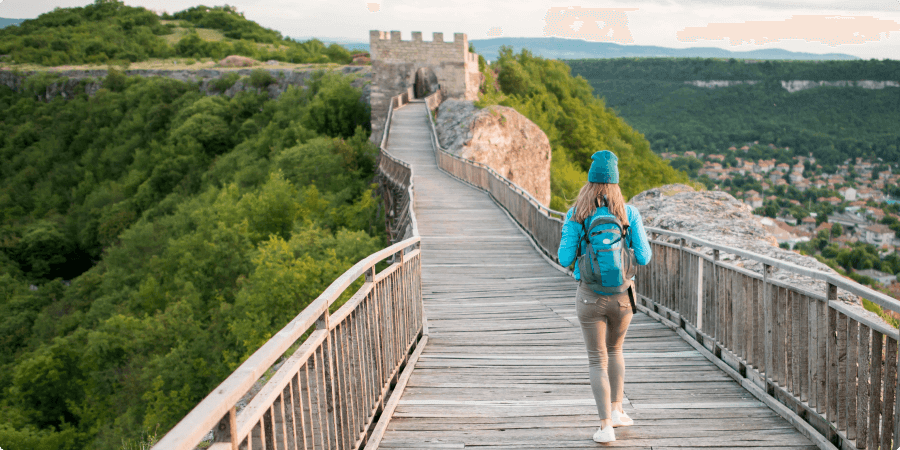The alarm sounds at 5:30 AM, but there’s no grogginess—only anticipation. Today, I’ll be trekking through one of Africa’s oldest rainforests to meet some of our closest living relatives: the mountain gorillas of Bwindi Impenetrable National Park.
Into the Impenetrable
Bwindi Impenetrable National Park sprawls across 321 square kilometers in southwestern Uganda, straddling the edge of the Albertine Rift Valley. The name “impenetrable” isn’t marketing hyperbole—this ancient forest, with trees dating back over 25,000 years, is a dense tangle of vegetation that has earned its reputation. Yet within this green fortress lives roughly half of the world’s remaining mountain gorilla population, approximately 450 individuals out of just over 1,000 worldwide.
The Journey Begins
After a hearty breakfast at our lodge, we arrive at the park headquarters in Buhoma for the 8 AM briefing. Rangers explain the rules: maintain a 7-meter distance from the gorillas, keep voices low, never make direct eye contact (which gorillas interpret as a challenge), and if a gorilla approaches you, simply stay still and look down. If you need to cough or sneeze, turn away and cover your face—gorillas are susceptible to human diseases.
We’re assigned to track the Mubare family, one of Bwindi’s habituated gorilla groups. Our group of eight trekkers, accompanied by armed rangers and expert trackers, begins the ascent into the forest.
The Trek
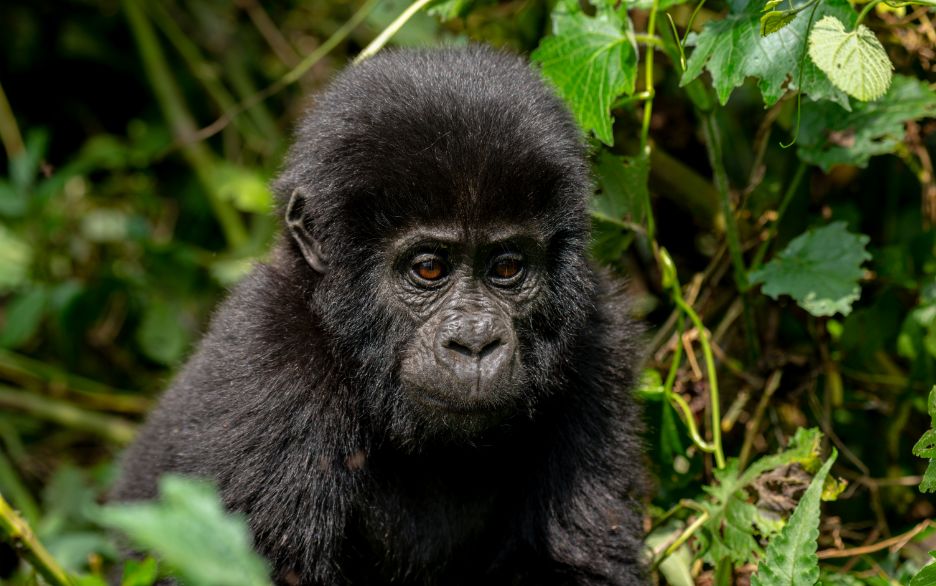
The path—if you can call it that—disappears almost immediately. We’re hiking through thick undergrowth, climbing over fallen trees, and navigating steep, muddy slopes. The altitude ranges from 1,160 to 2,607 meters, and you feel it in your lungs. Bwindi receives heavy rainfall, making the terrain slippery and challenging.
But the forest itself is mesmerizing. Sunlight filters through the canopy in scattered beams. The air is thick with the scent of earth and vegetation. We spot L’Hoest’s monkeys swinging through the trees, hear the calls of over 350 bird species, and our guide points out medicinal plants used by local communities for generations.
The trackers, who left earlier at dawn, communicate with our rangers via radio. They’ve located the Mubare family about two hours into the forest. We press on, our excitement building with each step.
The Encounter
Then, suddenly, we’re instructed to drop our bags and walking sticks. Just ahead, through a curtain of leaves, there’s movement.
And there she is—a massive silverback, the family’s dominant male, casually stripping bark from a tree trunk. At 180 kilograms of pure muscle, he’s an imposing figure, yet his movements are surprisingly gentle. He glances our way briefly, assesses that we’re not a threat, and returns to his breakfast.
For the next hour—the maximum time allowed with the gorillas to minimize stress—we’re privileged observers of intimate family life. A mother cradles her infant, who peers at us with impossibly human eyes. Juveniles tumble and wrestle in play. An adolescent gorilla beats his chest in mock displays of dominance, practicing for a future he may never see if he doesn’t leave to form his own family.
What strikes you most is the familiarity. The way a mother gently repositions her baby. The adolescent’s show-off antics. The silverback’s patient tolerance of the youngsters climbing on him. These behaviors mirror our own so closely that the 98.3% genetic similarity we share becomes viscerally real.
Conservation and Community
Bwindi’s gorilla population is a conservation success story, but it’s a fragile one. Mountain gorillas were on the brink of extinction in the 1980s. Today, thanks to intensive protection efforts, their numbers are slowly increasing—they’re currently classified as “Endangered” rather than “Critically Endangered.”
The $700 gorilla trekking permit (for foreign non-residents) might seem steep, but it’s a cornerstone of conservation funding. A portion supports park protection and anti-poaching efforts, while revenue sharing programs benefit surrounding communities, providing incentives to protect rather than encroach upon gorilla habitat.
Local communities, once restricted from accessing forest resources, now see tangible benefits from tourism through employment as guides and porters, community projects, and development initiatives. This approach recognizes that successful conservation requires local buy-in.
Practical Considerations
When to go: Bwindi can be visited year-round, but the dry seasons (June to August and December to February) offer easier trekking conditions. However, “dry” is relative—bring rain gear regardless.
Fitness level: Treks can range from one to eight hours depending on gorilla locations. You don’t need to be an athlete, but reasonable fitness helps. Porters are available to carry daypacks and assist on difficult terrain—hiring one supports local employment.
What to pack: Sturdy waterproof hiking boots, long trousers and long sleeves (for protection against stinging nettles), rain jacket, gardening gloves for gripping vegetation, insect repellent, and plenty of water.
Booking: Permits should be booked months in advance, especially for peak season. They’re arranged through the Uganda Wildlife Authority or reputable tour operators.
The Journey Back
As we make our way back through the forest, there’s a shared silence in our group—the kind that comes from witnessing something profound. We’ve had a glimpse into the lives of creatures who ask nothing of the world but space to exist, yet face threats from habitat loss, disease, and climate change.
Back at the headquarters, we receive our certificates—official documentation of our trek. But the real certificate is carried in memory: the sight of that infant gorilla’s curious gaze, the silverback’s patient dignity, the reminder that we share this planet with creatures of remarkable intelligence and emotional depth.
Bwindi’s mountain gorillas are ambassadors for their species and for the wild places that still remain. To trek through the impenetrable forest and meet them on their terms is to understand, in the most immediate way possible, what we stand to lose—and what’s worth fighting to protect.
The ancient forest holds many secrets, but on this day, it shared one of its greatest treasures. And for that hour in the presence of the mountain gorillas, the world outside the forest ceased to exist.
